Serving the Community | Advancing the Profession
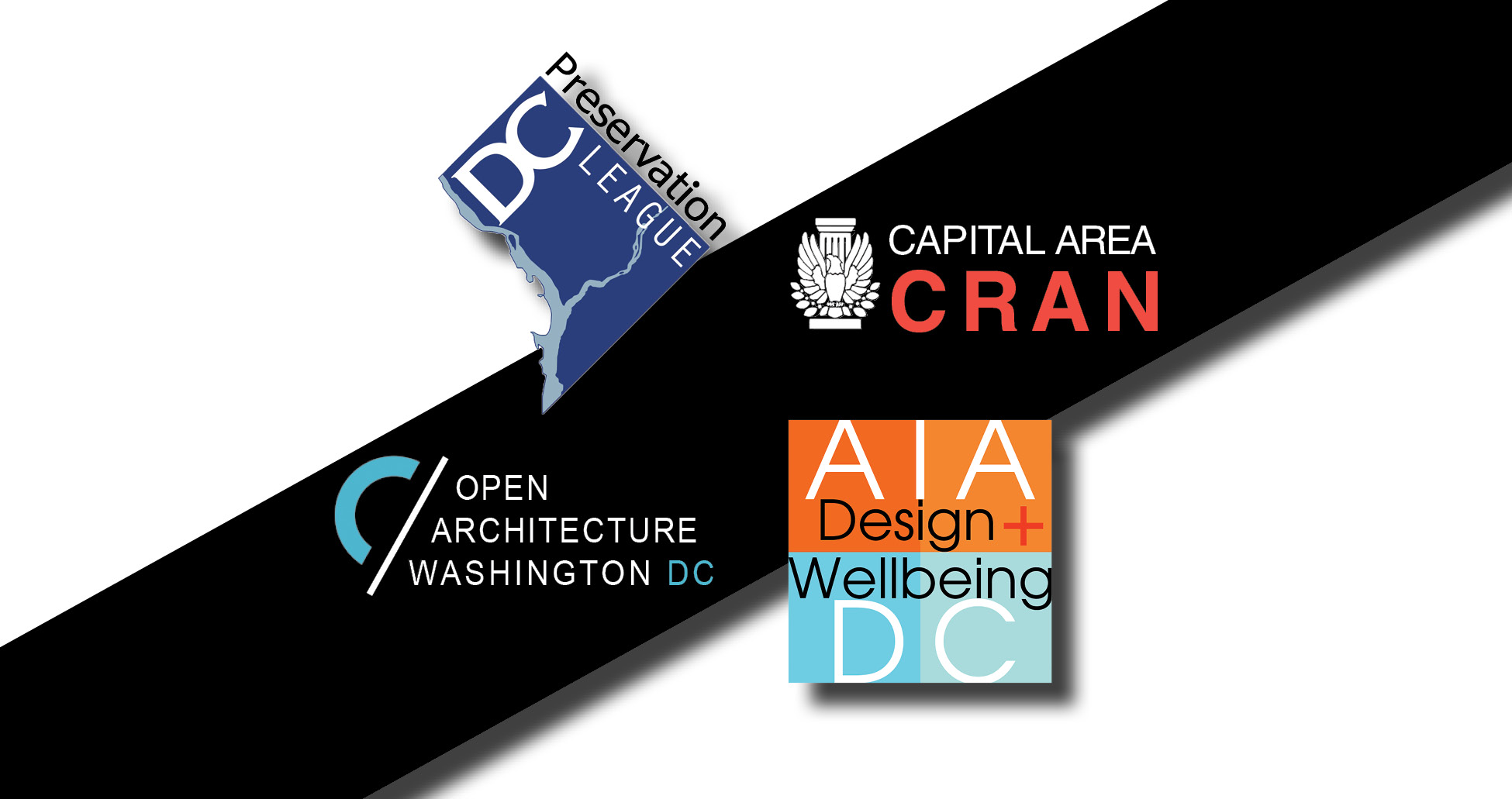
Bonstra | Haresign ARCHITECTS team members are engaged with the community by providing service as board leaders, conducting pro bono projects, and educating the public and the profession.
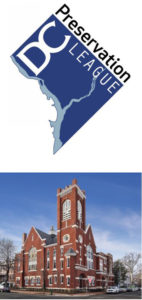 |
DCPL :: Adaptive Reuse of Historic Buildings in Washington, DCHistoric buildings are being repurposed in cities throughout the world. However, unlike many American cities, Washington, DC never had an industrial economic base and therefore lacks warehouse and factory buildings in need of creative reuse. Instead, it is DC’s historic churches, schools, and hospitals that serve as the base for these conversions. The DC Preservation League invited Bonstra | Haresign ARCHITECTS’ adaptive reuse experts, Rob McClennan, AIA; Jennifer Marca, AIA LEED AP; and John Edwards, Assoc. AIA LEED AP BD+C; along with BELL Architects’ David Bell, FAIA LEED AP BD+C to discuss the process of converting these types of buildings to residential use at the Spring Seminar last month. The team covered topics from building code issues to structural concerns as they walked through 4 adaptive reuse case studies in Washington, DC: Gage School (B|HA), The Sanctuary (B|HA), Hill Center at the Old Naval Hospital (BELL), and Senate Square (BELL). Over 130 real estate professionals, community leaders, and residents attended the discussion on Friday, June 8th at Gallaudet University. |
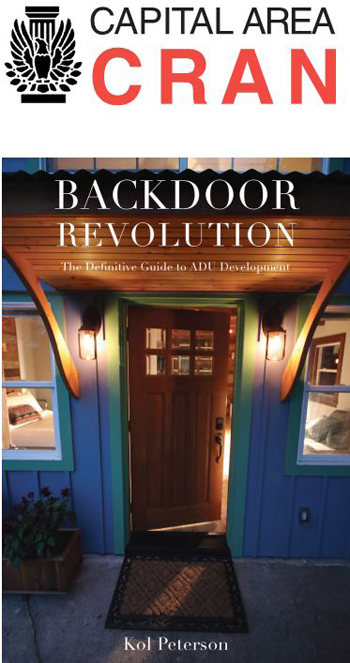 |
CRAN :: Accessory Dwelling UnitsBonstra | Haresign ARCHITECTS’ Adam Greene, AIA is the DC Chair of the Capital Area Custom Residential Architects Network (CRAN), an AIA knowledge community serving small practicing firms focused on custom homes and single-family architecture through the DC, Northern Virginia and the Potomac Valley Chapters. At a recent event co-sponsored by the AIA|DC on Accessory Dwelling Units (ADUs), Adam facilitated a discussion with Kol Peterson, an expert based in Portland, Oregon who has helped catalyze the growth of ADUs in Portland over the last decade and the Coalition for Smarter Growth. The group discussed Peterson’s book, Backdoor Revolution: The Definitive Guide to ADU Development, and how this unique form of grassroots housing is typically developed by amateur homeowner developers rather than professional developers, which presents special challenges and opportunities. The presentation addressed issues in executing ADUs from a homeowner’s perspective, but also local regulations and other issues that architects face with this new typology. |
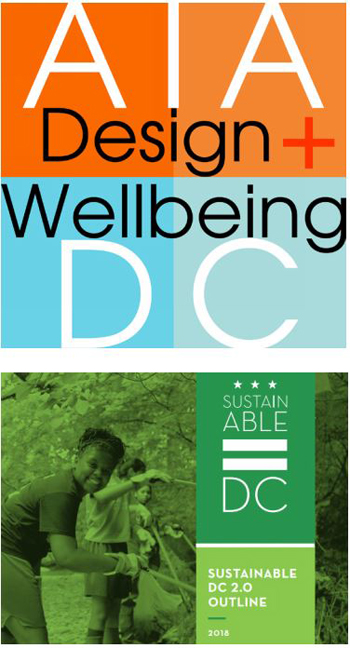 |
AIA | DC Design + Wellbeing Committee :: Sustainable DCB|HA’s Ashley Grzywa, AIA, WELL AP co-chairs the AIA | DC Design + Wellbeing Committee (DWB), which promote human health and wellness through the design of the built environment. Since 2013 the committee has organized over 40 educational events that generate awareness of public health challenges and built environment solutions, including Sustainable DC: A Primer for Your Practice – What You Need to Know, a discussion on the update to DC’s comprehensive Sustainability Plan. The plan covers 11 topics including 1) Built Environment; 2) Climate; 3) Energy; 4) Waste; 5) Food; 6) Health; 7) Nature; 8) Water; 9) Economy & Education; 10) Transportation; and 11) Governance. The goal of the event was to identify planning and building strategies that impact or will be impacted by the plan. Attendees provided feedback to help share the final Sustainable DC 2.0 plan to be published later this year. |
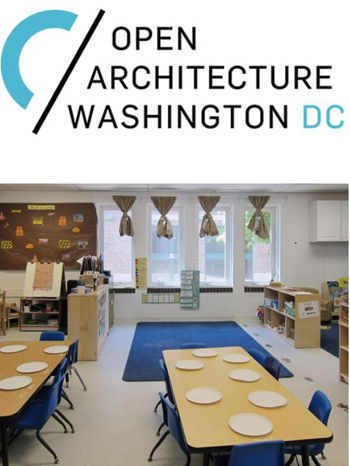 |
Open Architecture Collaborative :: Design for ChildrenOpen Architecture is a diverse volunteer base that, like the Design + Wellbeing Committee, is working to improve and help communities through socially responsible and sustainable design. B|HA’s Chau Pham, AIA, the Director of Projects for Open Architecture DC, is passionate about public-interest and community development projects. She was asked to speak about one of the organization’s current projects, Design for Children, at the annual Association for Community Design’s 2018 conference in June. The project aims to address the need for quality early child care centers in DC. She discussed the issue of overcrowded, outdated, and disappearing facilities that more than 60% of American families rely on. By collaborating with daycare service providers and providing schematic design packages for facilities, OADC hopes to alleviate the costs of providing quality early child care centers. |
Proudly Serving Our Community

Left to right: Rob McClennan, AIA; Jennifer Marca, AIA LEED AP; John Edwards, Assoc. AIA LEED AP BD+C; Adam Greene, AIA; Ashley Grzywa, AIA WEEL AP; Chau Pham, AIA
